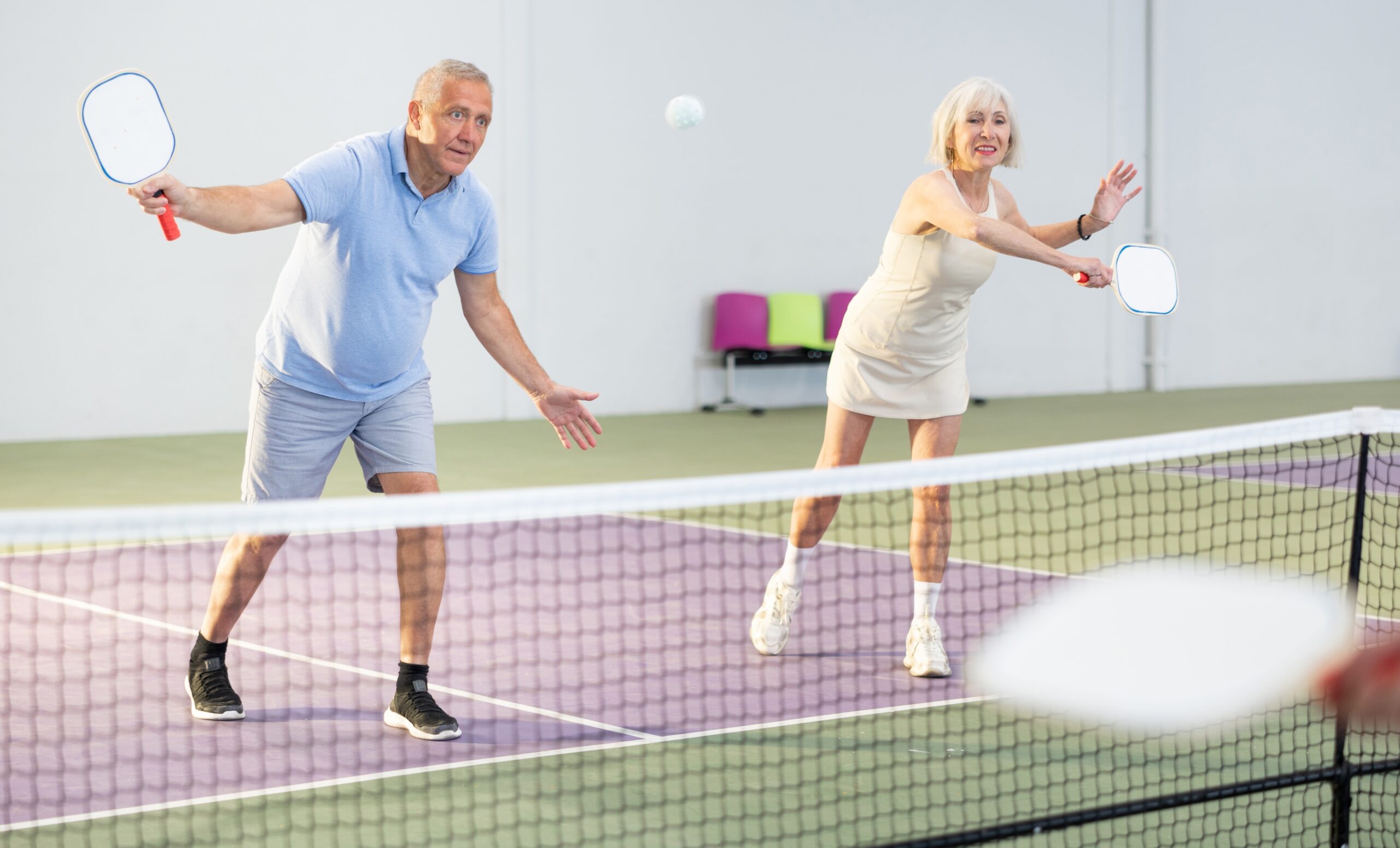- gevorgablabutyan
- 0 Comments
Understanding Knee Replacement and Recovery
Is Pickleball Safe After Knee Replacement?
In most cases, yes—pickleball can be safely resumed after knee replacement surgery. Compared to high-impact sports like basketball or running, pickleball is relatively joint-friendly. It’s played on a smaller court, requires less running, and can be adapted to your fitness level.
Before getting back into the game, consider the following tips to ensure safety:
- Get Your Surgeon’s Clearance
Your orthopedic surgeon or physical therapist should evaluate your mobility, strength, and balance before you return to sport. They may also recommend a timeline based on how well your new joint is functioning. - Start Slow
Begin with light drills or casual play. Focus on movement patterns, positioning, and reaction time without overexerting yourself. Avoid competitive matches until your knee feels strong and stable during lateral movements and quick stops. - Wear Proper Footwear
Supportive, non-slip court shoes with good lateral support are essential. They’ll help reduce the risk of falls or stress on your new joint. - Modify Your Game
Consider playing doubles instead of singles, which involves less court coverage and impact. Use softer shots, reduce aggressive movements, and take breaks as needed. Listen to your body—if you feel pain or instability, stop to rest. - Continue Strength and Flexibility Training
Don’t stop physical therapy too soon. Strengthening the muscles around your knee—especially the quadriceps, hamstrings, and glutes—can protect your joint and improve your performance on the court. Balance and proprioception exercises are also key for preventing falls and improving reaction time.
- Get Your Surgeon’s Clearance
When to Wait or Avoid Playing
You may need to delay returning to pickleball if:
You experience persistent swelling, stiffness, or pain during daily activities
You have difficulty with balance or unsteady walking
Your surgeon recommends avoiding high-torque movements
You’ve had complications with your implant or recovery
Staying Active Beyond Pickleball
If you find that pickleball is too demanding post-surgery, there are other options. Many people thrive with low-impact alternatives such as swimming, cycling, walking, or elliptical training. Our team can help tailor an activity plan that meets your fitness goals while protecting your knee.
Returning to pickleball after knee replacement is not only possible—it can be an exciting milestone in your recovery. With patience, the right precautions, and physician guidance, many players find themselves back on the court, enjoying the game with less pain and more freedom of movement than before. Remember: your new knee is designed to keep you moving.

